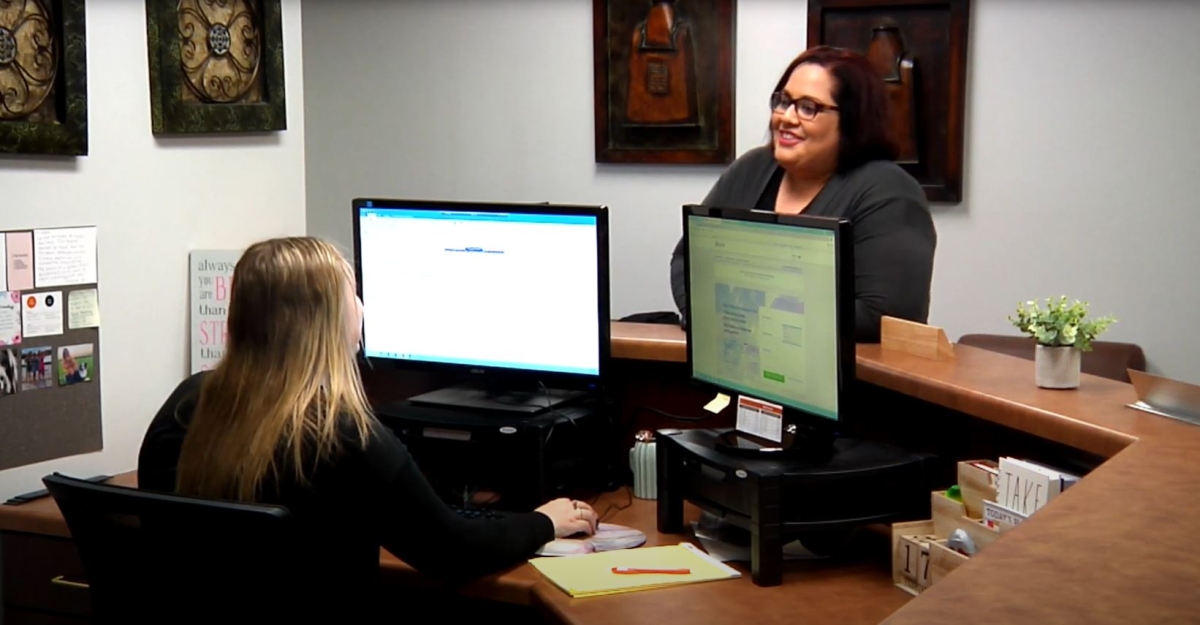All work-based learning (WBL) experiences are career-based learning experiences (CBLEs), as you can see in this chart. In other words, all WBLs, which are a subset of CBLEs, are employer-connected experiences that allow K-12 students to participate in career awareness, career exploration, and career development. Learn more about work-based learning in this short video.
The difference between them is that WBLs meet the quality and rigor requirements for career and technical education (CTE) as defined in the federal Strengthening Career and Technical Education for the 21st Century Act (Perkins V).
Let’s look at the six Perkins V requirements that set WBLs apart from other CBLEs.
Reporting Work-Based Learning
For the purposes of state reporting, DPI follows the federal Strengthening Career and Technical Education for the 21st Century Act (Perkins V) legislation definition of work-based learning. Therefore, for a school district to report a CBLE as a WBL, the CBLE must meet the following criteria:
- Involves sustained interactions, either paid or unpaid, with industry or community professionals
- Sustained = minimum of 90 hours, can be rotated among employers and/or positions, employer is engaged throughout the experience. Can take place in one semester, an entire year, the summer, or even a six-week period.
- Interactions must be more than just observing and include direct communication and involvement with industry or community professionals
- Takes place in real workplace settings (as practicable) or simulated environments at an educational institution
- Fosters in-depth, firsthand engagement with the tasks required in a given career
- Aligns with a course (generally speaking should be a minimum of one semester). It is highly encouraged to provide credit for the work-based learning experience as well as credit for the school-based course.
- Must include a training agreement between the student, employer/business, and school that defines the roles and responsibilities of the student, the employer, and the school.
- Business and education partners work together to evaluate and supervise the experiences, which must be documented with training or learning plans and evaluation forms.
Two accountability standards—the Perkins V performance measure and School and District Report Cards—rely on districts to accurately report WBLs that meet all six criteria. Because experiential learning is delivered primarily outside the local school district, it is important for the local school to work closely with the community organization or work-based mentor to establish policies and procedures. Students, schools, parents, community-based organizations, and employers are required to follow all state and federal child labor regulations (if applicable) pertaining to WBL programs.
For a thorough discussion of WBLs, see the Wisconsin Guide to Implementing Career-Based Learning Experiences.
